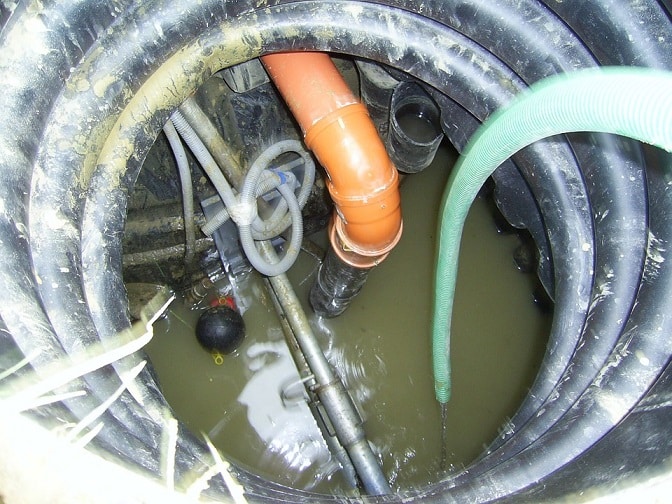Water companies are legally obliged to control the level of phosphorus in the wastewater they discharge, according to levels required by the Water Framework Directive.
Phosphate is a nutrient that, when released into aquatic environments, can cause eutrophication. When the levels of phosphate in wastewater are too high, it will promote the growth of algae and various other plants; this will turn the waterways green, causing a lack of oxygen (hypoxia) in the water which can kill aquatic animals and fish.
The allowable levels of phosphorous in wastewater have been tightened considerably over the past few decades, especially that which is discharged into sensitive waters. While the current limits are set at 0.5-1.0 mg/l by the Environment Agency in AMP6, limits of 0.1 mg/l across the board would be better. These will be difficult if not impossible to achieve with the current technology however, according to experts.
Conventional biological treatment processes are only able to remove 50% or less sewage phosphate though, so it will take a lot to achieve the 90% or more removal required to reach ideal limits. The current system of dosing with chemicals such as ferric sulphate at the primary stage is rather expensive and also has deleterious effects such as elevated iron levels.
Other treatment options that are being investigated include:
- Filtration through reed beds, which is particularly suitable for rural sites where there is sufficient space. In trials, reed beds have been found to be quite effective, removing around 70% of phosphorus;
- Sand filtration using ferric salts, which offers simultaneous ammonia and phosphate removal; it is the first project of its kind to aim for ultra-low phosphate consents of 0.3 mg/l and lower;
- Proprietary technologies that build on the established chemical dosing methods, such as Blue PRO and CoMag;
- Enhanced biological phosphorus removal encompasses the selective enrichment of specific bacteria and the accumulation of large quantities of phosphorus within their cells.
Water companies are continuing to come up with new and innovative methods of removing phosphorus and hopefully a competent method will be found soon.






